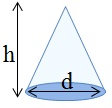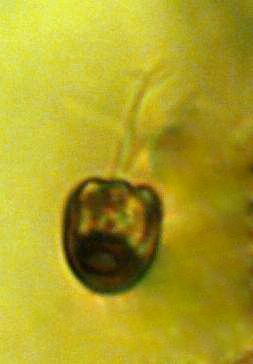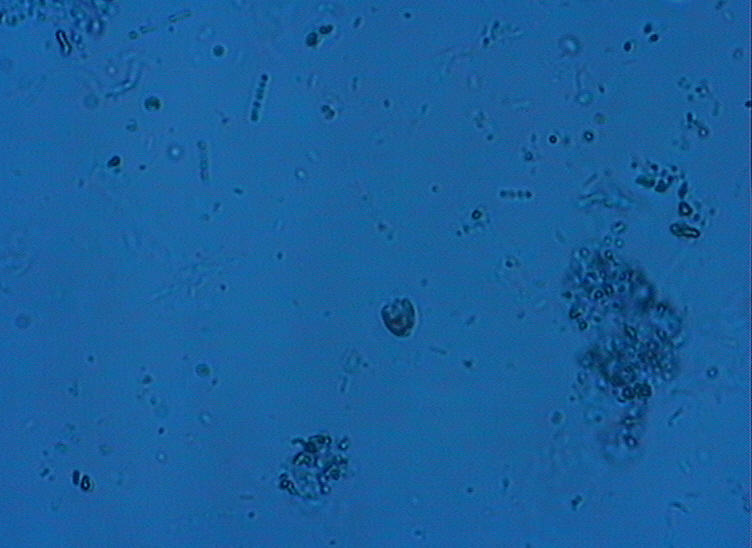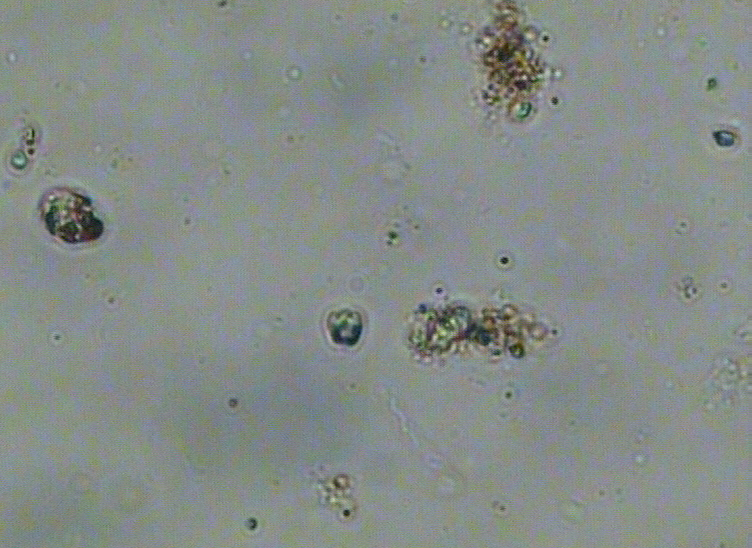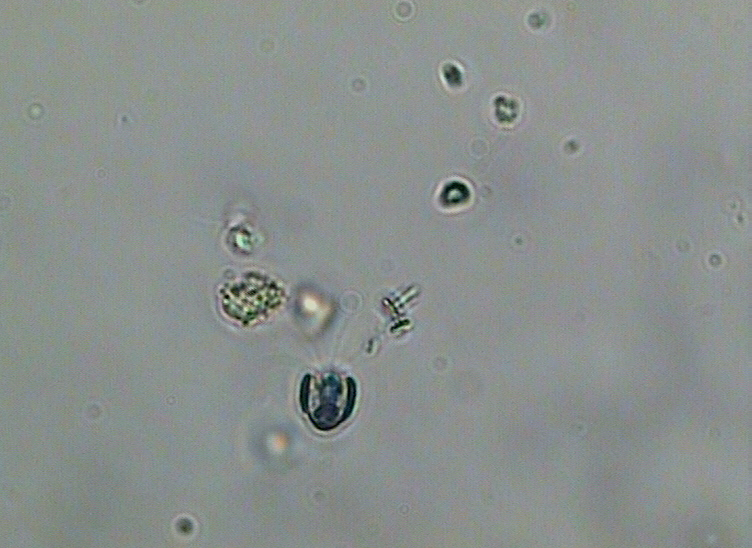
Species details
Unicellular flagellates. Cells usually more or less inversely pyramidal, in transverse section square to rounded. Usually four thick flagella emerge from an anterior depression. The cell contains a single cup-shaped chloroplast divided anteriorly into 4 or 8 lobes. It possesses a single posterior pyrenoid. Depending on the species, one or two eyespots may be present anteriorly, in the middle of the cell, or posteriorly. Freshwater species contain contractile vacuoles near the flagellar pit. The single nucleus is located in a lateral position near the anterior end. A few marine species form trichocysts. The flagella are notably thick and directed anteriorly, the distal part sometimes curved back along the cell. All flagella are of equal length. The cell body is covered with an underlayer of square scales and one or 2 layers of larger scales, the structure of which is an important species characteristic. In some species a special type of very small scale is present among the larger body scales. Palmelloid stages are reported. Important characteristics of the species are cell size and (to some extent) shape, location of eyespots and pyrenoids, and structure of the scaly covering.
The freshwater species are mainly benthic-epiphytic, attaching themselves by the front end to filamentous algae or other objects. The marine species are mainly planktonic, while a few are benthic. Most are widely distributed (cosmopolitan), but a few species are presently reported only for the Antarctic or the Arctic or Baltic Sea.
Not reported.
Resistence Stages:Not reported.
_635192517041580000.jpg)
_635192510191840000.jpg)
